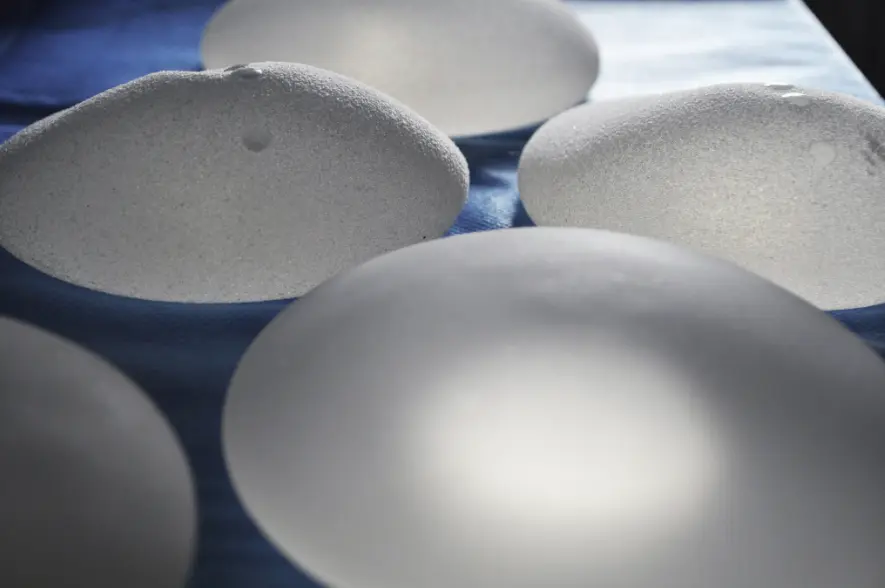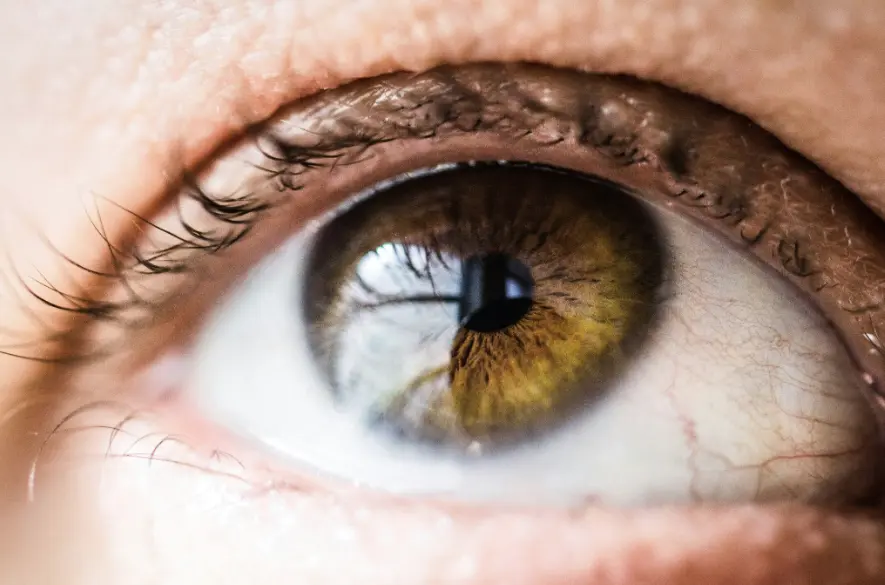When comparing fat transfer vs breast implants, fat transfer offers a natural look and feel using your own fat, but results are subtle and may need touch-ups. Implants provide a dramatic, customizable size increase with predictable volume and projection, though they require maintenance and eventual replacement. For expert advice and affordable options, consult Dr. Arturo Valdez in Cancun, Mexico — a board-certified surgeon specializing in natural, lasting results.
According to World Population Review, the average breast cup size in America as of 2024 is DD, which is larger than the world average of C. This is just the average though, which means that for many women, they have smaller breasts, and they may not be satisfied with that.
Breast augmentation is a type of plastic surgery that’s remained popular throughout the decades, and for good reason. Surgeons have honed their skills, giving the public confidence about these procedures.
So if you’re considering going under the knife yourself, you should understand the difference between fat transfer vs implants. This article will give you the pros and cons of each.
What Is Breast Fat Transfer?
Breast fat transfer is also known as autologous fat grafting or natural breast augmentation. As the name implies, you get an enhancement in your breasts with a fat transfer. This fat is usually removed from another part of your body where there’s excess stubborn fat, such as the:
- Abdomen
- Thighs
- Flanks
This is done through liposuction; the fat is purified before it’s injected into your breast tissue.
Key Benefits
A fat transfer in your breasts results in a natural look and feel since it uses your own fat. Also, you can kill two birds with one stone since you can eliminate excess fat and put it in the place where you want it.
If you prefer to avoid synthetic implants, then a fat transfer is ideal since there are no foreign materials.
Considerations
There’s variable fat retention from patient to patient. Studies show that after 8 months, there’s usually a volume retention of 46%. This means that if you want larger, more noticeable results, you may need additional fat grafting sessions.
However, if you’re after a subtle enhancement, a fat transfer is optimal, as most patients gain about one cup size per procedure.
What Are Breast Implants?
Breast implants are silicone or saline-filled devices that are inserted surgically beneath the breast tissue or chest muscle. The main purpose is to increase both the breast volume and shape.
You and your surgeon will choose the right type of implants based on your personal situation and goals. During surgery, they’ll make an incision, then position the implant either above or below the pectoral muscle.
Key Benefits
What’s great about breast implants is that you’ll get a dramatic and predictable increase in size. You have control over the fullness, projection, and symmetry, so implants are very customizable.
Plus, implants can maintain their form for 10-20 years with proper care.
Considerations
Breast implants aren’t ideal for those who want an all-natural option since they use synthetic materials. There’s also the potential for complications, such as:
- Ruptures
- Capsular contracture (scar tissue tightening)
- Implant shifting
In addition, you may need replacement or revision surgery after a decade or more.
Fat Transfer vs Implants: Results and Feel
If you want a more natural and subtle feel, then a fat transfer is what you need. Your breasts will feel soft and move like natural tissue.
On the other hand, implants will make your breasts look fuller and rounder. While silicone implants can mimic the feel of natural breasts, implants in general will feel firmer than your own fat tissue.
Breast Implants vs Fat Transfer: Procedures and Recovery
Fat transfer is a two-part process since it involves liposuction and injection, while implant surgery is a “one and done.”
However, fat transfer recovery is much faster (1-2 weeks) since it’s just an injection and you don’t have any incisions. Implant surgery will take 2-4 weeks of downtime before you can return to full activity. Recovery is more uncomfortable too, especially if the implants are placed beneath the breast muscle.
As for scarring, both leave just small scars (fat transfer scars are minimal and barely visible).
Fat Transfer vs Implants: Longevity and Maintenance
Fat transfer for your breasts is considered “permanent.” This is because once the fat is in the breast tissue and survives, it’ll remain there. However, that doesn’t mean your breasts will remain the same size; if you gain or lose weight, your chest may change too.
Implants are more predictable for size stability, but they’re not considered lifetime devices. It’s recommended that you replace them every 10-15 years, or even sooner if you have complications.
Fat Transfer Breast Augmentation vs Implants: Ideal Candidates
Fat transfer is best for those who only want a modest increase in size or they want to improve the shape of their breasts. You must have adequate donor fat to make that happen though.
If you don’t have enough donor fat, or you want a noticeable increase in breast size, then turn to implants. It’ll also give you more precise control over the size and projection.
Fat Transfer vs Implants: Cost
In the US, the average cost for fat transfer is $5,719, while the average cost for breast implants is $4,875. These numbers are for the procedures only, so you need to factor in things like anesthesia and surgeon’s fees.
Implants may seem more cost-effective, but if you want the most bang for your buck, opt for fat transfers. You’ll probably save on future maintenance, as there are no replacements required. And if you’re happy with the initial procedure, you won’t need additional fat grafting surgeries.
To save a huge chunk of money, go down south. In Mexico, plastic surgery can be 50% to 80% cheaper! As long as you select an experienced board-certified surgeon, you’ll be in good hands, and you’ll save money.
Which Is the Better Option for You?
Now that you understand the difference between breast fat transfer vs implants, you can proceed with your breast augmentation journey with more confidence.
Essentially, if you want more natural and subtle results, go with a fat transfer. But if you want controllable and dramatic results, opt for implants instead.
If you’d like to proceed with either procedure, then get in touch with us now. Dr. Valdez is a board-certified plastic surgeon with over 17 years of experience.
References
- Breast Size by Country 2025. World Population Review. October 23, 2025. Accessed October 25, 2025.
- Ørholt M, Weltz TK, Hemmingsen MN, et al. Long-Term Volume Retention of Breast Augmentation with Fat Grafting Depends on Weight Changes: A 3-Year Prospective Magnetic Resonance Imaging Study. Plast Reconstr Surg. 2025;155(6):947-954. doi:10.1097/PRS.0000000000011841
- Breast Augmentation Cost. American Society of Plastic Surgeons. Accessed October 25, 2025.
Frequently Asked Questions
What is the difference between fat transfer and implants for breast augmentation?
Fat transfer uses liposuction to move purified fat from one area of your body into your breasts, offering natural results and a subtle increase in size. Breast implants use silicone or saline devices placed surgically to achieve more dramatic, customizable enhancement.
Which feels more natural — fat transfer or implants?
Fat transfer feels and moves like natural breast tissue since it uses your own fat. Silicone implants can mimic natural softness, but generally feel firmer and provide more defined volume and roundness.
How long do breast implants and fat transfer results last?
Fat transfer results are considered permanent — once the transferred fat survives, it stays. However, weight changes can affect size. Implants typically last 10–15 years before replacement or revision is recommended.
Which is cheaper — fat transfer or implants?
In the U.S., fat transfer costs around $5,700 while implants average $4,900. In Mexico, both can be 50–80% cheaper, depending on your surgeon. Fat transfer may save more long-term since no future replacements are needed.






